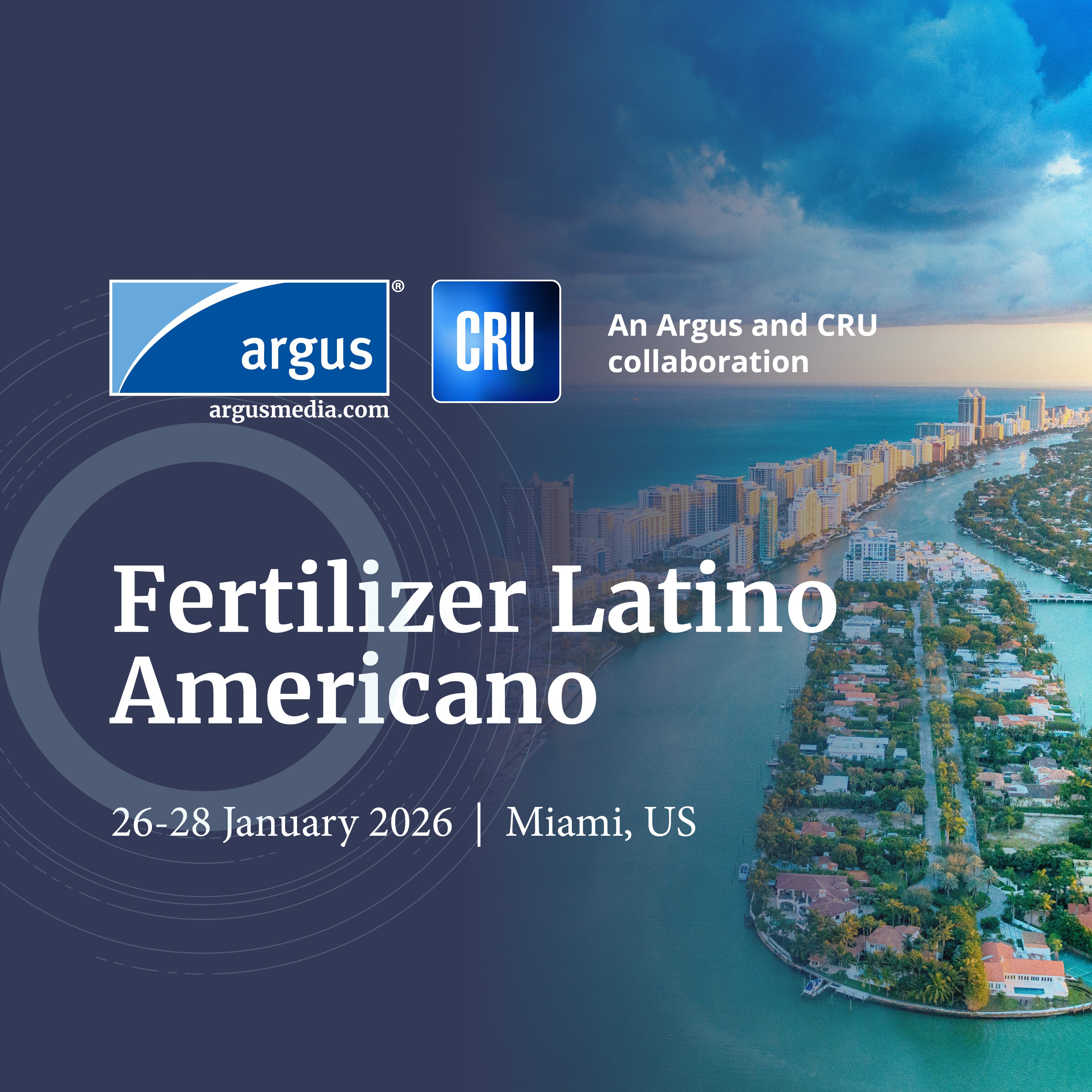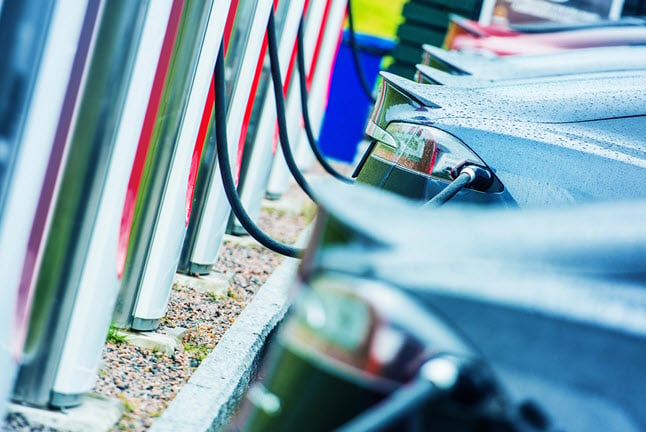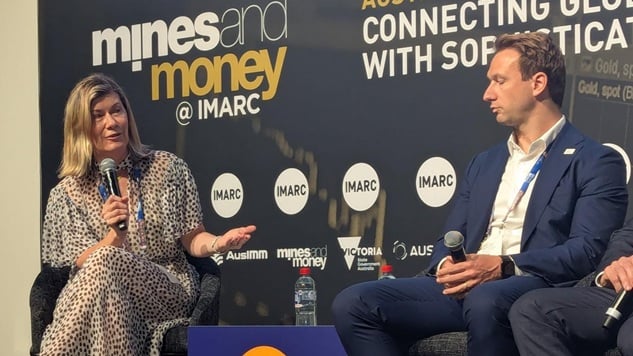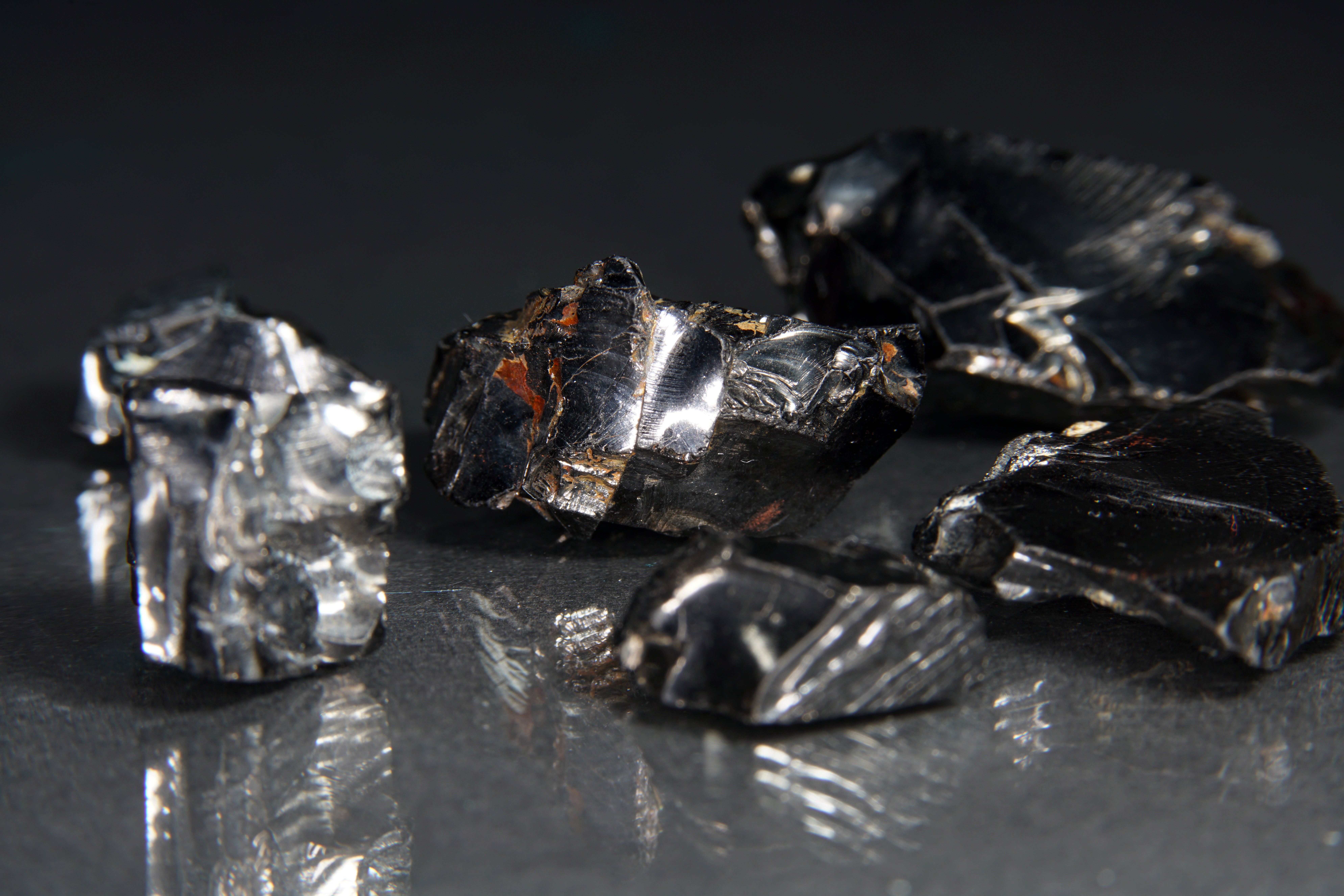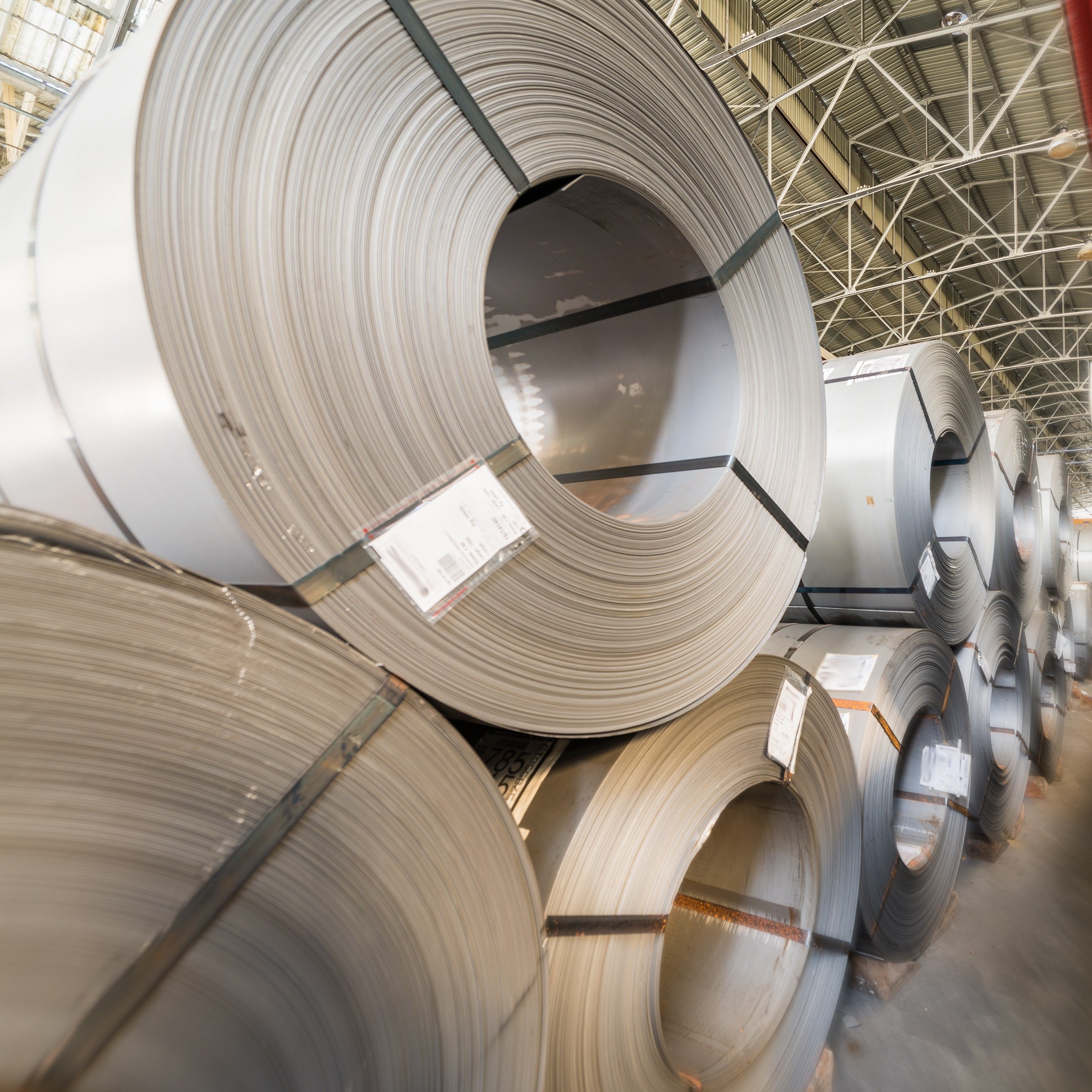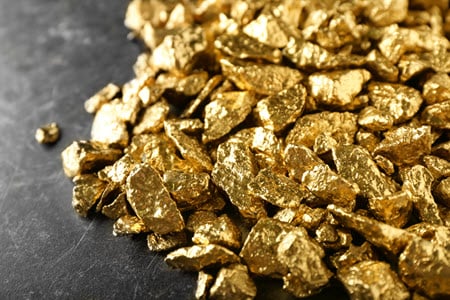On 4 July 2025, President Trump signed the One Big Beautiful Bill Act (OBBBA) into law, a sweeping package that significantly rolls back many of the Biden-era clean energy initiatives.
Our key takeaways are:
- The $7,500 EV tax credit will be repealed, but its sourcing requirements live on through the new PFE and MACR rules, now applied to the production (45X) and investment (48E) tax credits.
- Using Chinese critical minerals carries looser restrictions for battery producers, but a sharp pivot back to them remains unlikely.
- Most Chinese-origin companies are excluded from accessing the production tax credit for their US-based battery projects due to their classification as PFEs.
- Existing LFP battery technology partnerships are shielded, such as Ford & CATL’s, but new partnerships face disqualification.
- Stricter investment tax credit rules make it harder for energy storage projects to qualify from 2026 onwards if they start construction beyond this year.
Restructured US policy support for the battery value chain
Compared to earlier drafts from the Senate Finance Committee (16 June) and the House (22 May), the final version adopts a more measured tone but still introduces major shifts to clean energy and manufacturing tax credits. One of the most consequential changes is the early termination of the $7,500 electric vehicle (EV) tax credit (Section 30D), now set to end on 30 September 2025 – three months earlier than proposed in the House version.
Yet, despite this sunset, a core element of the 30D regime remains. The spirit of the Foreign Entity of Concern (FEOC) designation has not only been retained but expanded into a broader Prohibited Foreign Entity (PFE) framework, now applied across a wider range of clean energy tax credits.
The two most critical tax credits affecting the battery value chain are:
- Section 45X – Advanced Manufacturing Production Credit (AMPC) which awards up to $35 /kWh for eligible US-based battery cell production.
- Section 48E – Investment Tax Credit (ITC) which awards up to 30% of capital costs for eligible energy storage and clean electricity projects.
What are the newly introduced rules?
Prohibited Foreign Entity (PFE) framework
The PFE builds on and expands the scope of the FEOC restrictions, introducing a structured, two-tiered framework, which includes Specified Foreign Entity (SFE) and Foreign-Influenced Entity (FIE). This broader scope allows US regulators to evaluate not just equity ties, but also debt holdings, licensing arrangements and operational influence.
Under this new definition, battery projects operated by Chinese-origin companies – such as AESC and Gotion, who are on the US regulator’s watchlist – will be classified as SFE and disqualified from the 45X AMPC tax credit.
A key distinction between FEOC and PFE lies in their application. The FEOC acts like a strict exclusion filter, which disqualifies carmakers from the tax credit for any involvement of a FEOC in the supply chain, regardless of scale. By contrast, the PFE framework under OBBBA is more flexible. PFE entities can still participate in a project provided they do not exercise effective control, which is broadly defined as exerting significant influence over operations, such as restricting IP use, appointing suppliers, etc.
Material Assistance Cost Ratio (MACR)
The MACR sets a key threshold for determining whether a project with some level of PFE involvement remains eligible for the 45X or 48E tax credits. It measures the share of a project's direct material costs (under 45X) or facility cost (under 48E) that do not come from Prohibited Foreign Entities. The formula is represented in the graphic below.
The required MACR thresholds vary depending on the type of project and material involved. The chart below summarises the applicable thresholds under 45X (for critical minerals and battery components) and 48E (for energy storage systems):
One of the biggest relaxations is the 0% MACR requirement for critical minerals until the end of 2029, effectively allowing battery manufacturers to use PFE-sourced materials without penalties. The requirement then steps up gradually to 25% in 2030 and plateaus at 50% by 2033. This is in contrast to the much harsher 30D rules, which required EV manufacturers to meet a 50% value threshold for critical minerals by 2024 to remain eligible.
The OBBBA also adopts a lump-sum valuation approach, calculating MACR across total material value, contrasting to the 30D’s mineral-by-mineral approach. This flexibility allows producers to focus on high-value materials (e.g. lithium, nickel) while offsetting low-value minerals which are difficult to find alternatives for outside of China (e.g. manganese, graphite).
However, such flexibility is temporary. Treasury is expected to issue a more detailed, mineral-by-mineral MACR threshold guidance by 31 December 2027, potentially tightening the compliance again from 2028 onward.
The credit disqualifying framework and exemption criteria
There are three core disqualifying triggers under Sections 45X and 48E:
- Project ownership or control by a PFE;
- Any licensing or financial agreements granting PFEs operational control;
- Material assistance exceeding the MACR threshold.
It is worth noting that the final version of the OBBB law introduces important exemptions to protect existing contractual and supply chain arrangements.
Exemption for existing licensing agreements
Licensing agreements signed before 4 July 2025 are not subject to PFE ‘effective control’ rules, if they are not modified at later date. This means existing agreements, like those between Chinese companies and US automakers such as CATL and Ford, are protected from PFE scrutiny under this clause, even if the terms might risk being deemed as effective control. If those agreements are changed, they would now lose this protection.
Existing PFE material supply contracts might be exempt
Materials sourced from a PFE under a binding contract signed before 16 June 2025 can be excluded from MACR calculations, but only under certain conditions:
- For battery producers, the materials must be either placed in service or incorporated into a downstream product sold before 1 January 2027.
- For energy storage project owners, the deadline is 1 January 2030.
Exemptions for energy storage projects starting in 2025
For energy storage projects seeking the Investment Tax Credit (Section 48E), the construction start date – instead of place-in-service date – determines whether the new MACR threshold applies. Projects that begin construction before 31 December 2025 are exempt from these rules, while those starting on or after January 2026 must comply with escalating MACR thresholds rising from 55% in 2026, reaching 75% from 2030 onwards.
Although, currently, the definition of ‘start of construction’ is pending further clarification and modification by 31 December 2026, the industry has widely adopted two provisions following the IRS guidance to establish the beginning of construction status.
- The physical work test – This test is met when construction has meaningfully begun on-site or off-site (e.g. producing custom components), showing tangible progress on the project.
- The 5% test – This test is satisfied when at least 5% of the project’s total eligible capital costs have been incurred, typically through binding commitments or expenditures.
According to CRU’s Energy Storage Service, LFP battery packs – currently being imported from China – account for over 60% of total BESS container costs in 2025. This already exceeds the 55% MACR threshold set to take effect in 2026. Therefore, energy storage developers are strongly incentivised to meet the ‘construction start’ exemption and avoid MACR-related disqualification.
Immediate reaction from the industry
A drastic pivot back to Chinese supply is unlikely. The 0% MACR threshold for critical minerals until 2029 has eased the immediate compliance pressure for battery makers reliant on Chinese refined products. However, major uncertainties remain:
- How far upstream does the MACR cost attribution extend? Does the MACR rule affect only tier-1 components like cathodes, or also to their tier-2 inputs such as pCAM or lithium chemicals?
- Would the PFE-origin critical minerals be factored in the battery component MACR calculation from 2027 onwards?
- Must each battery component, such as anode and cathode, undergo its own MACR assessment?
Battery manufacturers aiming to retain tax credits continue to seek clarification and are largely adopting a wait-and-see approach. US automakers, despite losing the EV tax credit and facing mounting pressure to reduce costs, are also proceeding cautiously. They have not issued a directive for suppliers to switch to cheaper PFE-sourced materials given the temporary exemptions and loosened sourcing requirements. While cost reduction remains important, producers are finding a middle ground, prioritising low-cost, low-risk production bases such as Morocco and Indonesia.
The push to build non-PFE supply chains continues to gain momentum. Some Chinese companies are exploring restructuring strategies to avoid PFE classification. For example, GEM, a major Chinese materials producer, recently announced plans to spin off its pCAM project in Indonesia, PT Indonesia Qingmei Energy Materials. It also aims to bring in external investors to PFE rule. It has also stated that the project will not be consolidated into its financial statements, implying that it will relinquish operational control.
Non-Chinese companies – particularly Korean manufacturers – are actively securing non-PFE supply chains despite cost pressures. SK On, for example, signed an agreement with EcoPro to source domestic lithium hydroxide over the next two to three years.
LxFP technology licensing agreements will face scrutiny from both China and the US. While existing agreements are largely shielded, new LFP partnerships may face additional hurdles not only from the US side, but also from China, who has placed restrictions on exporting high-end LFP cathode material technologies.
Although this is focused on next-generation variants, it may limit overseas LFP expansion. Currently, only one Chinese-owned LFP cathode plant – PT LBM Indonesia – operates at scale abroad, positioned to supply the US market. LFP battery technology itself is not restricted, but the intent to retain core battery IP within China is clear. Chinese LFP producers are cautious about signing new licensing deals with US companies, even as they seek to capture overseas opportunities.
The start-date exemption for energy storage projects is triggering front-loading of LFP battery demand. Further guidance is needed to define how a project’s construction start is determined, but US BESS project owners will pursue the credit via front-loading battery procurement to qualify for exemption from escalating MACR thresholds.
Leading LFP battery producers saw a notable uptick in orders in July, coinciding with US BESS developers’ moves to lock in supply to prove they are meeting the 5% project total cost threshold. This surge in demand has been adequately supported by manufacturing and chemical inventories.
A more comprehensive review of the recent wave of policy changes and their long-term implications for the supply chain will be covered in the second part of this insight.
For more in-depth global policy analysis, please consult CRU’s Battery Value Chain Service.




